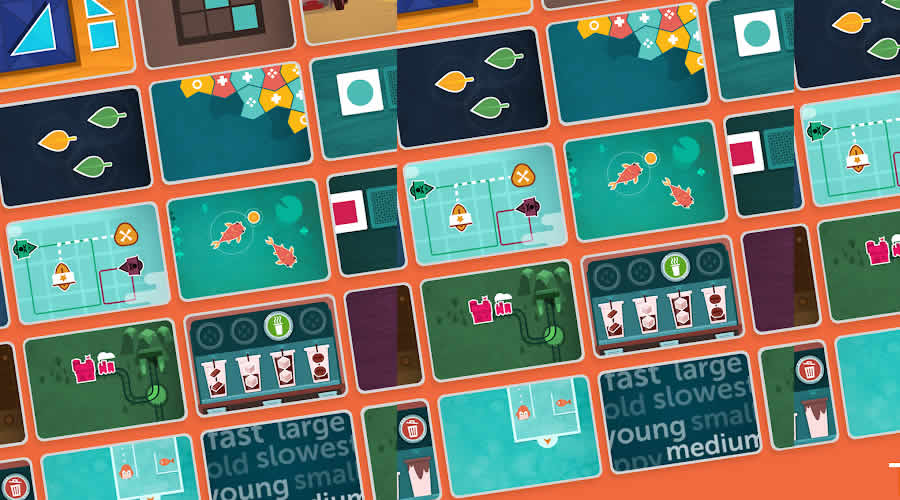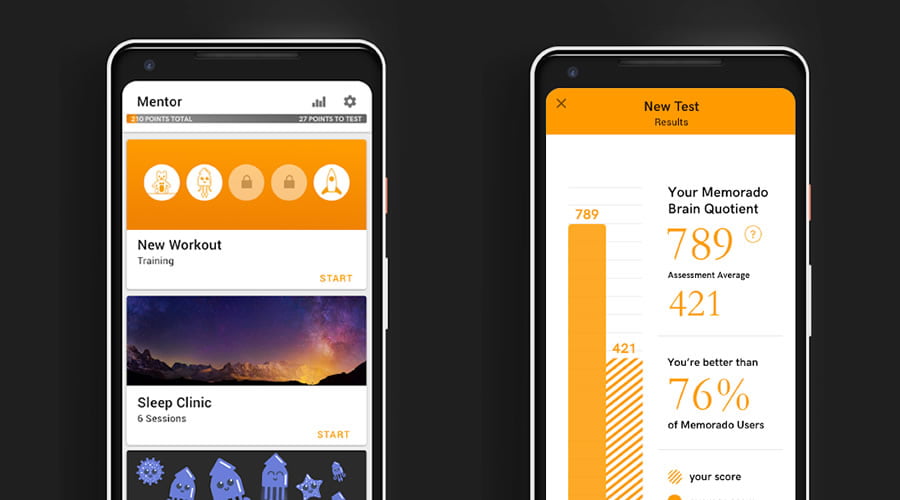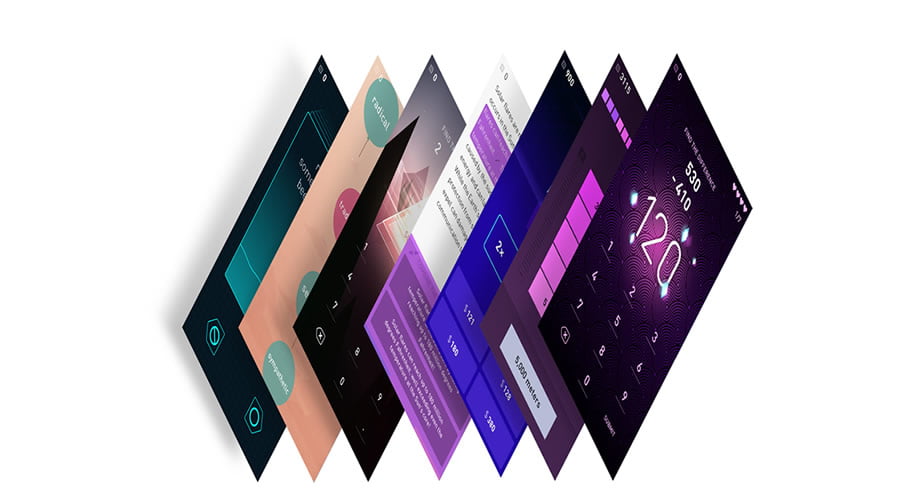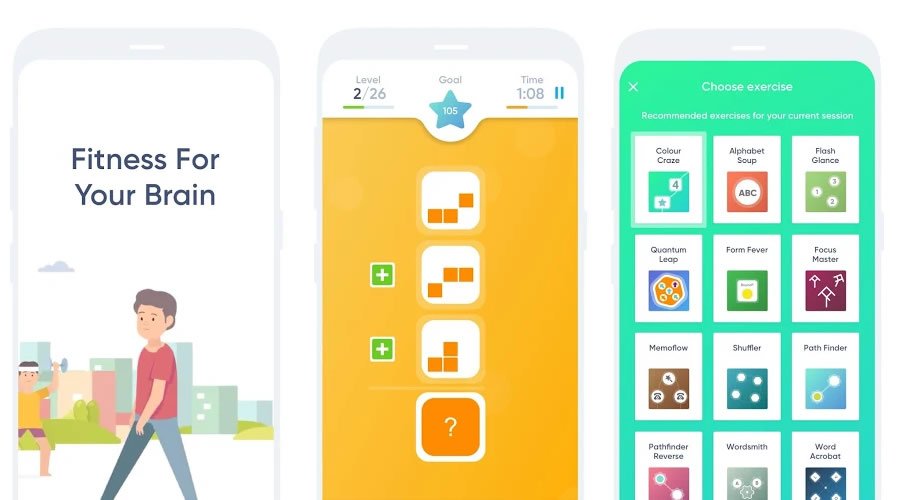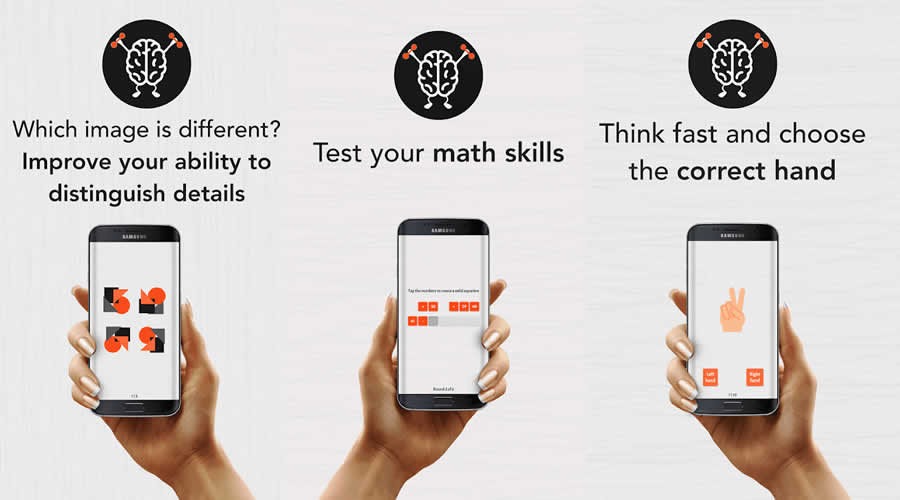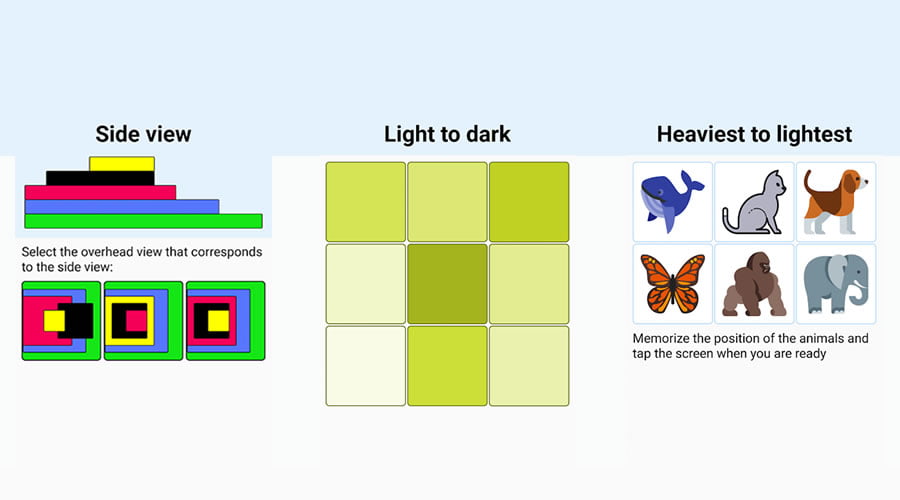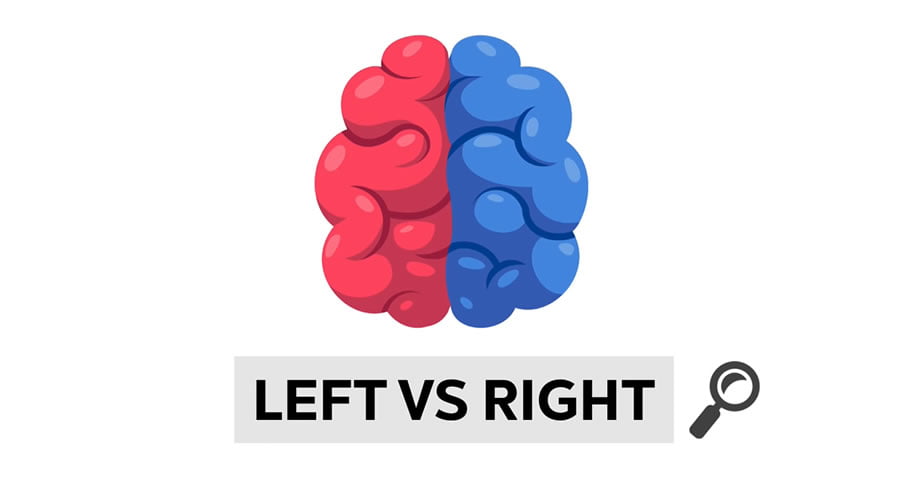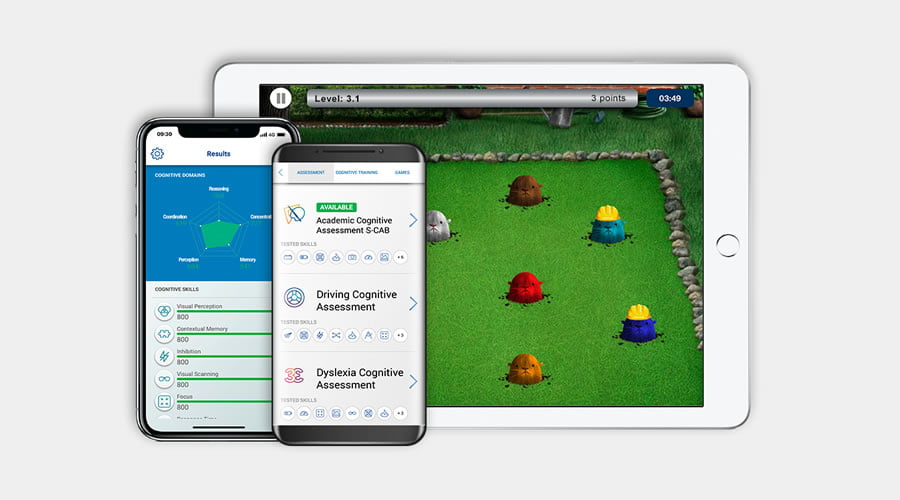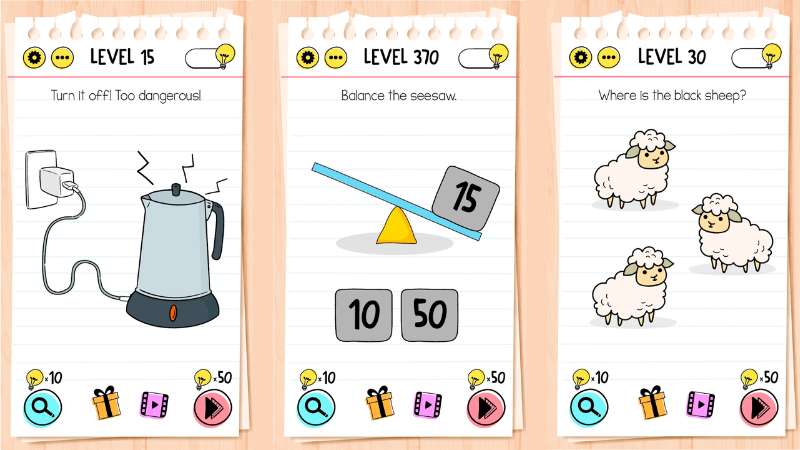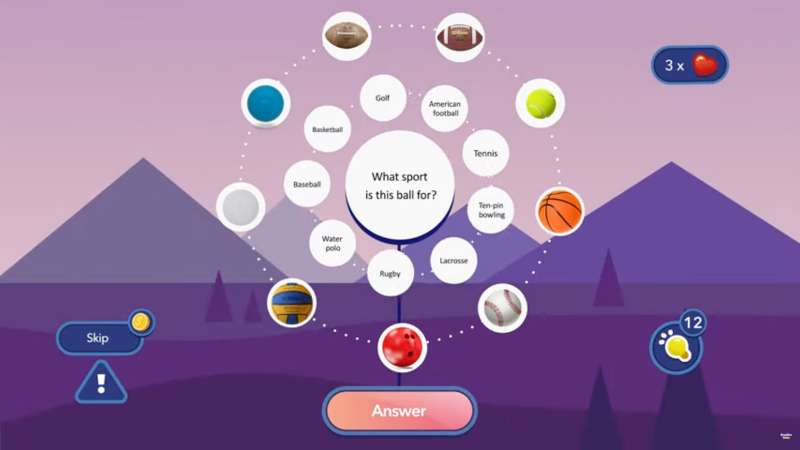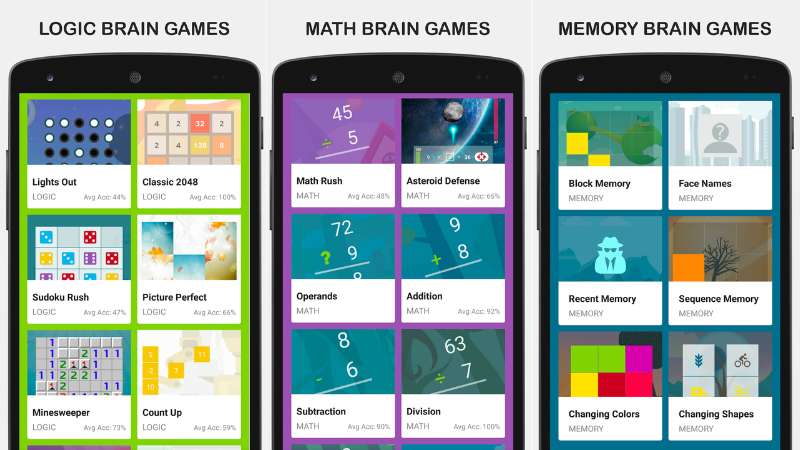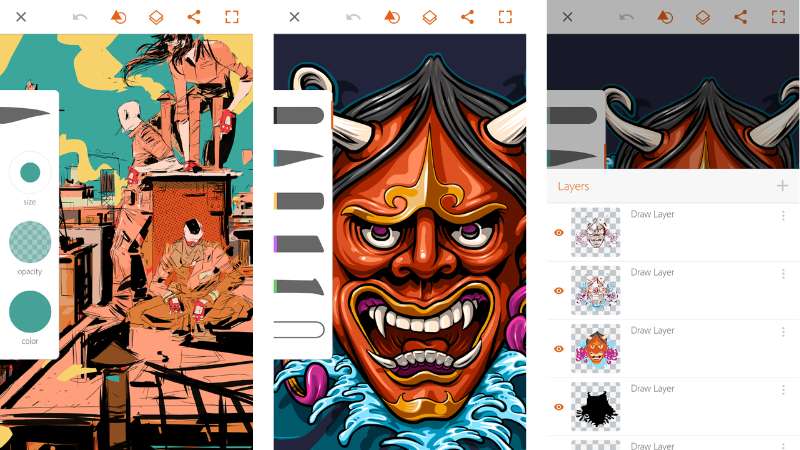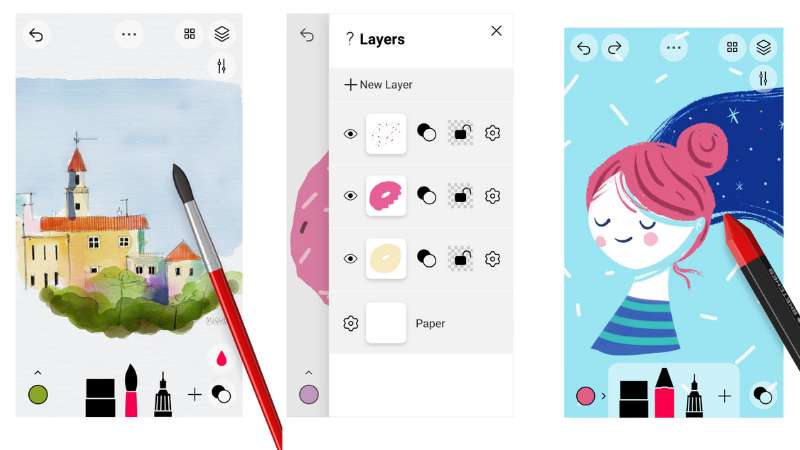Flying in a real helicopter can be quite difficult, but these games make it possible to experience it virtually. Here are some of the best helicopter games for Android and iOS.
With these helicopter games, you can become a helicopter pilot flying at full speed while unloading the machine gun against the enemies. In this list, we have selected the best helicopter games for Android and iOS with which to spend hours and hours doing flight maneuvers anywhere in the world.
Contents
1. Gunship Battle: 3D Helicopter
In Gunship Battle: 3D, you have to command the greatest assault helicopters for air warfare and ground bombardment. While there are other war machines, such as fighter jets or aeroplanes, there are many different helicopters available for you to choose from. You will have fun with frantic fights, and with excellent graphics, it will be an immersive experience.
Install on Android and iPhone.
2. Modern War Choppers
Modern War Choppers is a PvP shooter helicopter games for Android and iOS that can be played both online and offline. You can participate in exciting battles against other players worldwide and pilot the best, most modern and most powerful military helicopters, such as Night Hunter, Black Hawk, Apache, Werewolf, Black Shark etc. Start collecting the best helicopters in your hangar to test them in the different modes of this game.
Install on Android and iPhone.
3. Police Helicopter Simulator
Do you like stealing vehicles? Like you must have done it in the GTA series. You can control the police helicopters and chase the bad guys in Police Helicopter Simulator. In the game, you are a police pilot working in a city with more than 16 square kilometres of area. This is a title in which you must clear many missions to unlock better helicopters.
Install on Android and iPhone.
4. Helicopter Sim
Helicopter Sim is one of the complete helicopter games for Android and iOS on this list. Unlike the rest, the range of missions we have in this title is wider since we not only have fierce attacks but also carry out other tasks, such as landing on assault troops or rescue missions.
Install on Android and iPhone.
5. World of Gunships Online
World of Gunships Online allows you to play with individuals from all around the world. We are talking about a title in which the helicopter fights are in multiplayer mode and have incredible 3D graphics. You have between 20 combat helicopters to choose from, with various weapons and equipment to customize. If that’s not enough for you, know that you can customize it with machine guns, heat traps, stickers, camouflage and guided missiles.
Install on Android and iPhone.
6. Gunship Strike 3D
Gunship Strike 3D is a helicopter game where you’ll have to fight terrorists using unlimited ammunition, the dream of those who can’t stand slow reloading and limited ammo in weapons. Your mission in this offline game will be to recover what is rightfully yours with your combat helicopter. You will see enemy shelters everywhere you look, in the valleys and the desert lands. Therefore, do what you feel is necessary to be able to fulfil your mission. But beware, the enemies receive a warning of your arrival, so you better be ready for intense battles from the start of the game.
Install on Android and iPhone.
7. Blood Copter
Blood Copter is a 3D title that focuses on modern air warfare. You will experience combat very similar to a war movie. Use the terrain, the altitude and whatever you think is necessary to take advantage and use the motion sensor to explore every corner of the map. You will have to use strategy and tactics to achieve your goals, not just brute force. Be Prepared with different helicopters and weaponry until you find the greatest combo.
Install on Android and iPhone.
8. Dustoff Heli Rescue: Air Force
We always like to include games with more arcade action and lightness as this is a mobile platform game. Dustoff Heli Rescue: Air Force is based on the Vietnam War rescue missions but has very nice artwork and graphics and a mixed style between Lego and Minecraft.
Install on Android and iPhone.
9. Helicopter Hill Rescue
Unfortunately, hills and high mountains are typical places where travellers and explorers often get lost or trapped. Helicopter Hill Rescue reproduces these situations with various aircraft models of different sizes. Graphically maintained to a high standard, although levels might seem somewhat repetitive.
Install on Android and iPhone.
10. Massive Warfare
In Massive Warfare, you will have to fight on land, sea and air. You have different machines to select from-helicopters, ships and tanks that you can customize with different skins and others that you can discover as you progress through the game. As if that weren’t enough, the battles turn out to be engaging and thrilling. This also has a multiplayer mode where your matches are 8v8, with five different maps to engage in. As you’ll see, helicopters aren’t the main characters but may be used to battle and win. Don’t underestimate your rivals; you may be in for a surprise.
Install on Android and iPhone.






